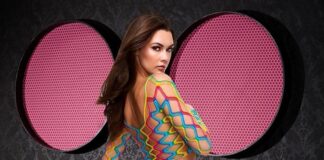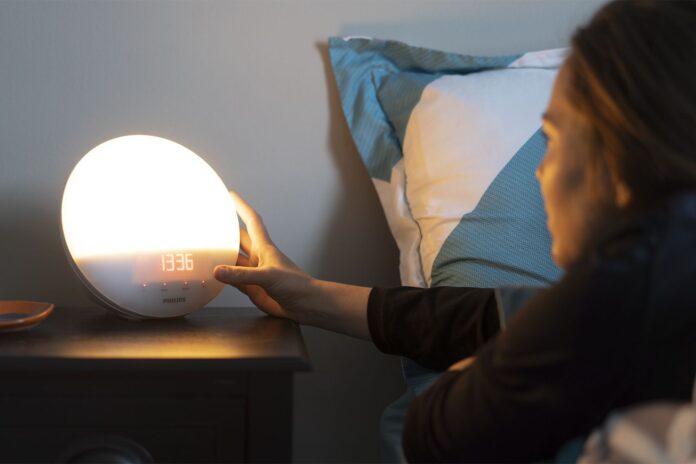
Quality sleep is crucial for overall health, affecting physical, mental, and emotional well-being.
Light therapy, a non-invasive method using specific light wavelengths, has gained popularity for improving sleep.
If you want to take a look at more information regarding these, visit https://www.tvlamps.net/.
Now let us talk about how beneficial they are in greater detail.
Understanding Light Therapy
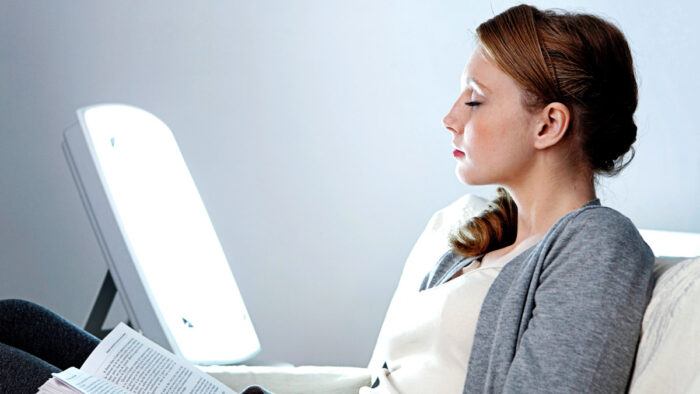
Light therapy, also known as phototherapy, involves exposure to artificial light that mimics natural sunlight. It primarily works by influencing the body’s circadian rhythm, which is the internal clock regulating sleep-wake cycles.
The therapy typically uses bright light, with intensities ranging from 2,500 to 10,000 lux, to stimulate the photoreceptors in the eyes. These receptors send signals to the brain’s suprachiasmatic nucleus (SCN), which manages the circadian rhythm and melatonin production.
There are various types of light therapy lamps, including light boxes, desk lamps, wearable visors, and alarm clocks. Light boxes are the most common, designed to provide intense light over a large area.
Desk lamps are smaller and more portable, while wearable visors offer flexibility for active use. Alarm clocks gradually increase light intensity to mimic sunrise, aiding in natural wakefulness.
Light therapy’s science is based on its ability to reset the body’s internal clock. Exposure to bright light at specific times can shift the circadian rhythm, making it easier to fall asleep and wake up at desired times.
This process is beneficial for those with sleep disorders, jet lag, or those who work night shifts.
Benefits of Light Therapy for Sleep
Light therapy offers several benefits for improving sleep, particularly for those suffering from various sleep disorders. For individuals with insomnia, light therapy helps by resetting the circadian rhythm, making it easier to fall asleep and achieve better sleep quality. Exposure to bright light in the morning can reduce the time it takes to fall asleep at night and increase overall sleep duration.
For those with circadian rhythm disorders, light therapy realigns the body’s internal clock with the external environment. This is especially beneficial for individuals with delayed sleep phase syndrome, who struggle to fall asleep and wake up late. Morning light exposure helps shift their sleep-wake cycle to an earlier time. Conversely, evening light exposure can help those with advanced sleep phase syndrome, who tend to fall asleep and wake up too early.
Seasonal Affective Disorder (SAD) is another condition that benefits from light therapy. SAD, often experienced during the winter months, can lead to depression and sleep disturbances due to reduced daylight exposure. Light therapy mimics natural sunlight, reducing symptoms of SAD and improving sleep.
Jet lag, a temporary circadian rhythm disorder caused by rapid travel across time zones, can also be alleviated with light therapy. Exposure to light at strategic times can help the body adjust to a new time zone more quickly, reducing the duration of jet lag symptoms.
For shift workers, who often struggle with irregular sleep patterns, light therapy can be a game-changer. Exposure to bright light during their work hours and dim light during sleep hours can help synchronize their circadian rhythm with their work schedule, leading to improved sleep quality and overall well-being.
Choosing the Right Light Therapy Lamp
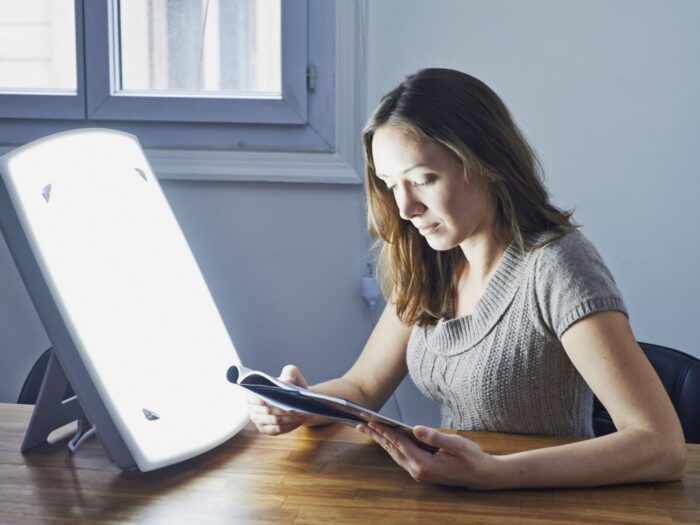
Selecting the right light therapy lamp is crucial for effectiveness and safety. Key features to consider include light intensity (measured in lux), UV filtering, size, and portability.
Light intensity is a primary factor; most experts recommend lamps with at least 10,000 lux for optimal results. Lower lux levels may require longer exposure times to achieve the same effect.
UV filtering is essential to prevent potential harm from ultraviolet rays. Most high-quality light therapy lamps are designed with UV filters to ensure safe use. Size and portability are also important considerations.
Larger light boxes provide a broader light field, making them ideal for stationary use at home or in the office. Smaller, portable lamps, such as desk lamps or wearable visors, offer flexibility for those who need to use the lamp in different locations or while on the move.
Different types of light therapy devices cater to various needs. Light boxes are the most common and provide a broad light field suitable for general use. Desk lamps are more compact and can be placed on work desks or bedside tables.
Wearable visors offer convenience for active use, allowing users to move around while receiving light therapy. Alarm clocks that gradually increase light intensity can help users wake up naturally, simulating a sunrise and promoting a smoother transition from sleep to wakefulness.
When choosing a light therapy lamp, it is also helpful to look for reputable brands known for their quality and safety standards. Brands such as Verilux, Carex, and NatureBright are well-regarded in the light therapy market.
These brands offer various models with different features to suit individual preferences and needs. Light therapy lamps can be purchased from online retailers, specialized health stores, or directly from the manufacturers’ websites.
How to Use Light Therapy Lamps Effectively
To maximize the benefits of light therapy for sleep, it is essential to follow general guidelines regarding duration, timing, and frequency of use.
Most light therapy sessions last between 20 to 30 minutes, but this can vary based on the light intensity and individual needs. It is generally recommended to use the light therapy lamp in the morning, shortly after waking up, to help reset the circadian rhythm.
For individuals with delayed sleep phase syndrome, morning light exposure is particularly beneficial. Using the lamp for 30 minutes upon waking can help shift the sleep-wake cycle to an earlier time, making it easier to fall asleep at night.
Conversely, for those with advanced sleep phase syndrome, evening light exposure can help delay the sleep-wake cycle, making it easier to stay awake later and wake up later.
Shift workers and travelers experiencing jet lag can also benefit from specific protocols. Shift workers should use light therapy during their work hours to stay alert and then avoid bright light exposure during their sleep hours.
Travelers can use light therapy to adjust to new time zones by exposing themselves to bright light at times corresponding to their destination’s morning or evening.
Integrating light therapy into daily routines can be straightforward with a few practical tips. Placing the lamp in a location where it can be easily used, such as on a work desk or breakfast table, can make it more convenient.
Consistency is key; using the lamp at the same time each day helps reinforce the desired sleep-wake cycle adjustments. Additionally, it is important to sit at the correct distance from the lamp, usually about 16 to 24 inches, to ensure effective exposure while avoiding eye strain.
The Bottom Line
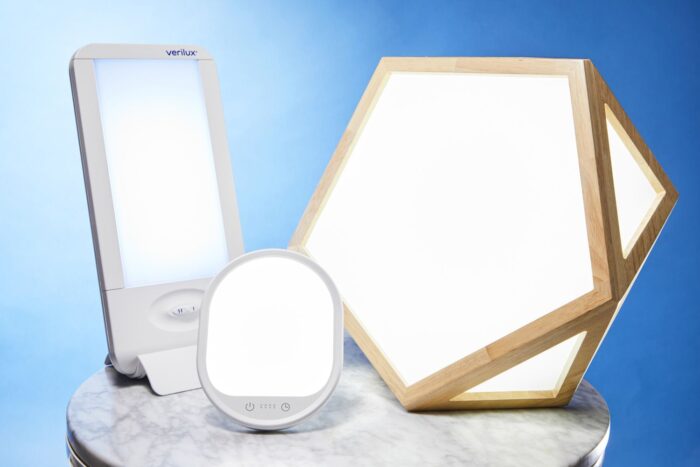
Light therapy is a valuable tool for improving sleep by regulating the circadian rhythm and addressing various sleep disorders.
Its benefits are enhanced when combined with good sleep hygiene practices. Consider trying light therapy and consult with healthcare providers for personalized advice on achieving better sleep.







